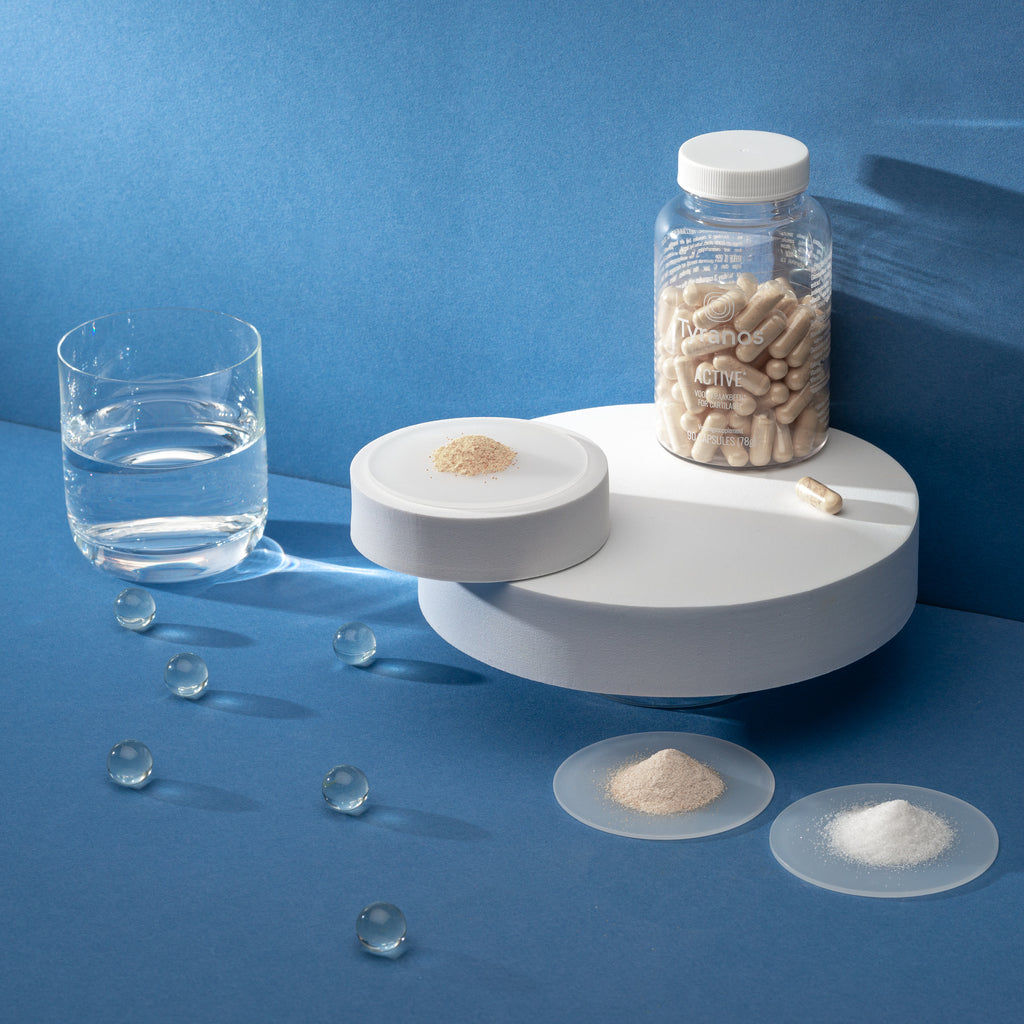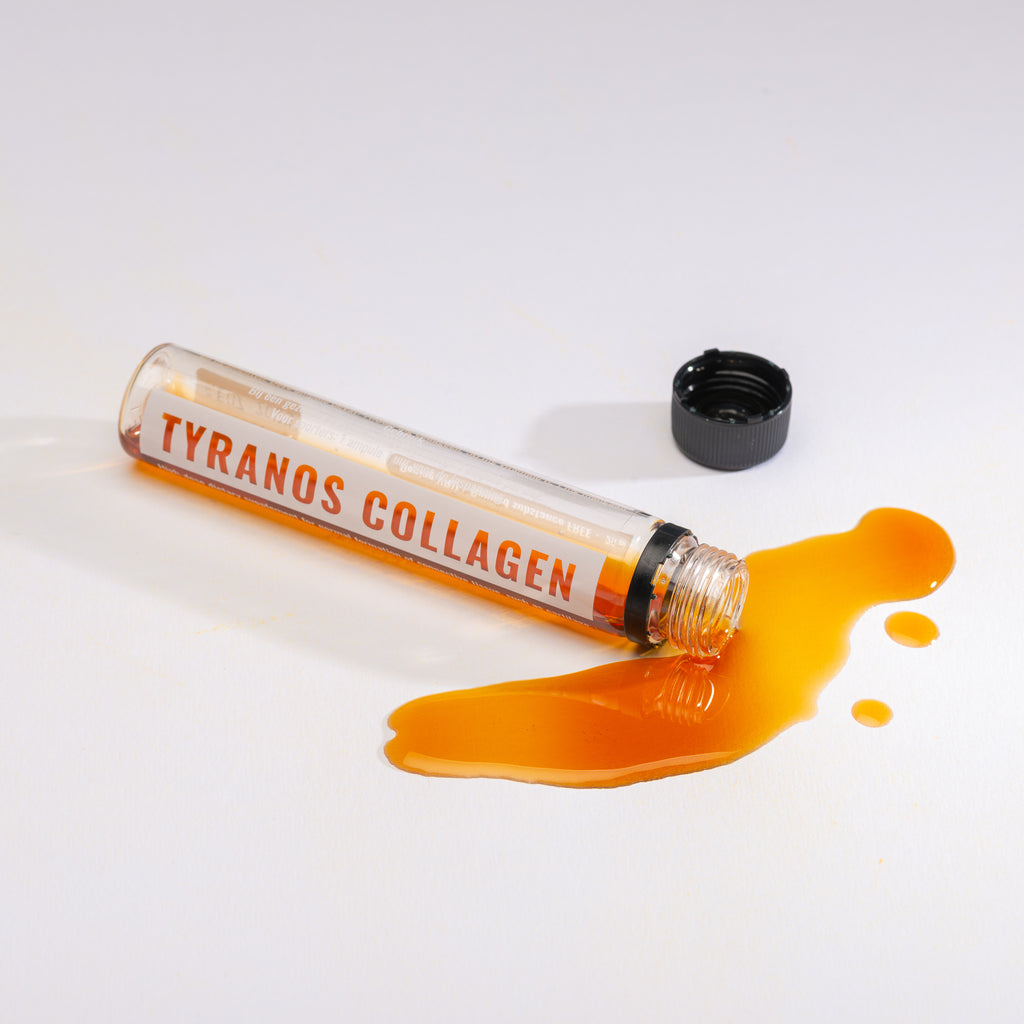High-Intensity Interval Training (HIIT) may not be for everyone. Yet HIIT is certainly among the fitness trends of the moment. HIIT is characterized by bursts of total effort followed by short rest periods to recover.
These types of workouts have great benefits such as improving aerobic fitness, setting and maintaining healthy blood pressure, and reducing body weight while maintaining muscle mass.
But there is also a downside: knees and other joints often suffer from this type of extreme training.
We'll give you tips and guidelines for getting the most out of workouts while protecting knees, joints, tendons and ligaments.
6 tips to best protect your joints
1. SELFVALUATION
When starting a training program, begin with an assessment by a trained professional to determine your fitness level. Ask yourself: what can I realistically achieve? What is the starting point and how can I challenge myself?
Do you have a relatively sedentary lifestyle? If so, consult a physician before embarking on an intense sport or training regimen.
2. PROPER WARM UP
Always warm up the muscles with five to ten minutes of stretching. By stretching the muscles, they are less tense. The result: better blood circulation and more oxygen. The muscles become more supple, making the movements smoother and more coordinated. A perfect start to a training session!
3. START SLOWLY AND BUILD UP
All explosive HIIT exercises can be modified. Not comfortable with an exercise? Then definitely don't be intimidated and ask your coach for a modification of the exercise. For example, reverse lunge instead of jump lunge, wall slide instead of squat, half-jack instead of jumping jack.
4. FOCUS ON FORM
One of the goals of HIIT sessions is high speed execution. A combination of high speed of execution with fatigue often results in poor form of execution. This significantly increases the risk of injury. A form-first, speed-second approach is therefore key in any workout.
Completing half the number of squats correctly in the specified amount of time is better than rushing. Can't sustain multiple rounds of the perfect exercise? Then focus on your form and increase the repetition as the rounds progress.
5. SPRING GENTLY
To avoid stressing the hip and ankle joints, it is best to jump gently with your knees slightly bent. If your knees are straight, all impact will be on the cartilage.
6. HYDRATE SUFFICIENTLY
Keeping your energy levels up will not only give you a better workout, but also prevent injuries or setbacks. Drinking water prior to a HIIT session and in small amounts throughout helps prevent dehydration, which can be detrimental to your health.
Common sense is also important
It's important to tailor a workout to your body. If you have back, hip or knee problems, sprinting or jumping can be painful and cause joint pain. Consider swimming or stationary cycling as good alternatives that still allow you to create periods of exertion and recovery that are essential for HIIT.
The goal of high-impact interval training is low volume and high intensity. It is difficult, but extremely effective - if done properly, at least. It is important not to push yourself beyond your physical limit and to stop when you feel pain.


